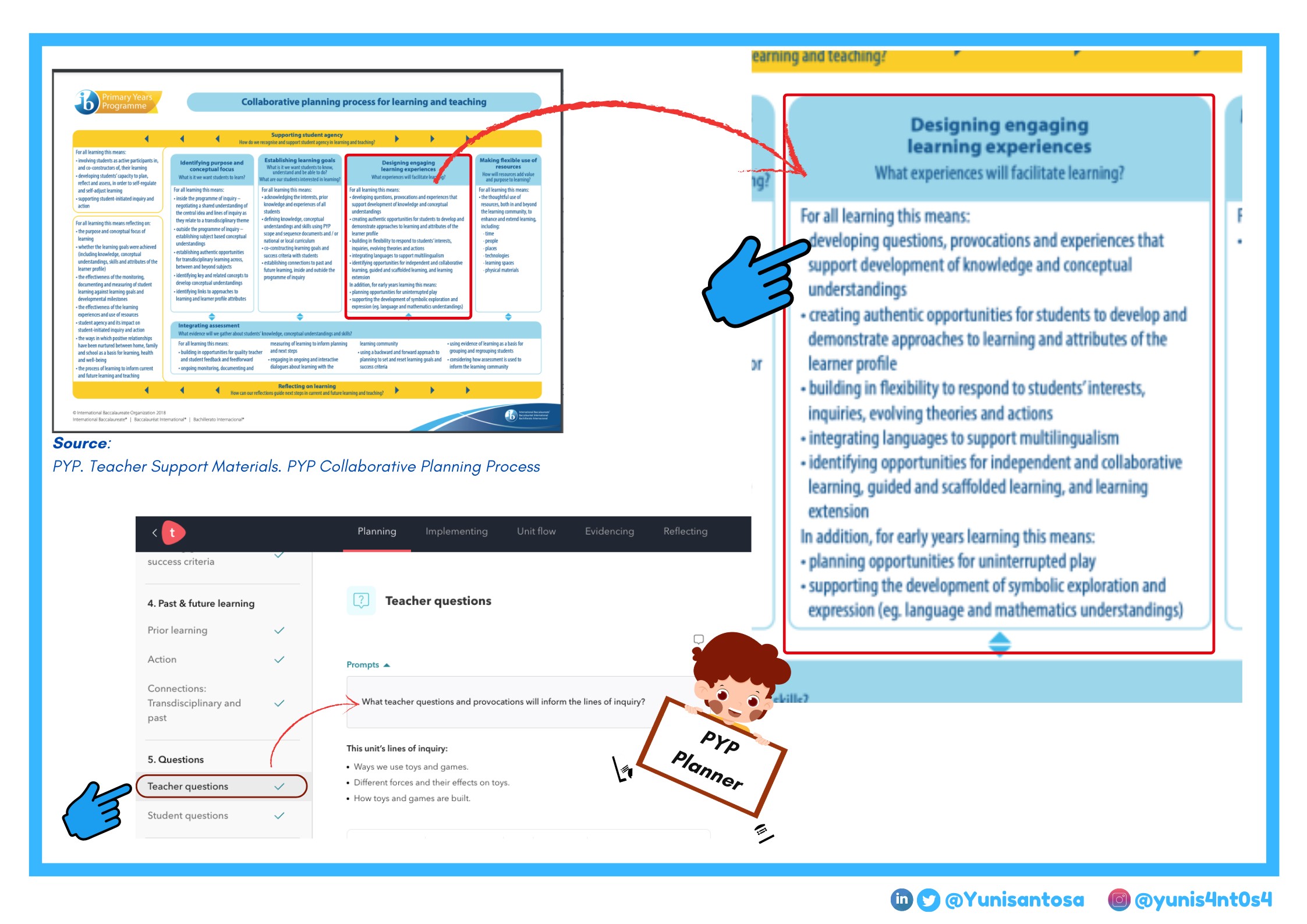Have you ever paused to consider the pivotal role of teacher questions in lesson planning? It’s tempting to jump straight into designing learning activities, but are we missing a crucial step by overlooking the power of questioning? And if we do include questions in our plans, are we truly leveraging them to enhance teaching and learning in the classroom?
Reflecting on my own journey, I recall a previous blog post exploring the essence of questions. It was through engaging with concept-based inquiry in action around 2018 that a significant realization dawned upon me: teacher questions are not merely supplementary; they are foundational to shaping student understanding. This was a true “AHA!” moment, sparked by learning about the diverse types and strategic applications of effective questioning.
“An underpinning of the inquiry model is that learning is framed around a question. Whether a problem statement, a wondering, a curiosity or debate, questions shape the learning.”
Trevor MacKenzie
While inquiry-based learning is inherently linked to questioning, the mere presence of questions in our plans isn’t enough. To be truly effective, these questions must be actively integrated into our teaching practices, brought to life within the classroom to guide and stimulate learning. But how can we achieve this?
Making Guiding Questions Visible in Your Teaching Space
One practical approach I’ve adopted is incorporating Guiding Questions directly into the daily class schedule. Just as we emphasize visible thinking routines, making questions visible is equally crucial. Why is this visibility so important?
For educators, visible guiding questions serve as a constant reminder of the lesson’s learning objectives. They keep the focus sharp and ensure that teaching remains purposeful.
Alt text: Classroom whiteboard displaying guiding questions alongside the daily schedule, emphasizing the lesson’s focus.
Furthermore, displaying guiding questions acts as a powerful pre-lesson engagement tool, immediately prompting learners to begin thinking about the topic even before the lesson formally begins.
Visible questions are instrumental in activating students’ prior knowledge and facilitating connections to previous learning experiences, setting a solid foundation for new information.
Utilizing Guiding Questions to Steer Student Understanding
After immersing students in exploratory and engaging learning activities, guiding questions become essential tools for focusing their attention and solidifying their understanding. They act as cognitive anchors, helping learners to process information and construct meaning.
Let’s examine two illustrative examples of how teacher-posed questions can effectively guide students in formulating generalizations – statements that demonstrate a deeper level of comprehension.
Alt text: Example 1: Guiding question prompting students to analyze cause and effect relationships in a scientific context.
Alt text: Continuation of Example 1: Student responses to guiding questions, showcasing their initial understanding and observations.
Alt text: Example 1 conclusion: Student-generated generalization statement, reflecting a deeper understanding of cause and effect principles guided by teacher questions.
For a more detailed exploration of this example, please refer to this LinkedIn post.
Alt text: Example 2: A timeline graphic illustrating a sequence of events, used as a basis for guiding questions in a historical or process-oriented lesson.
Alt text: Example 2 continued: Guiding questions designed to prompt critical thinking and analysis of the timeline events and their interrelationships.
Alt text: Example 2 conclusion: Student-developed generalization, demonstrating their ability to synthesize information from the timeline and answer the guiding questions effectively.
Alt text: Visual representation of guiding questions used in Example 2, emphasizing their role in directing student inquiry and learning.
Alt text: Student responses to guiding questions in Example 2, showcasing diverse perspectives and initial interpretations of the timeline information.
Alt text: Final student generalization in Example 2, reflecting a consolidated understanding of the timeline events, achieved through the guidance of teacher questions.
Further insights into this example are available in this LinkedIn post.
My journey in education is a continuous process of refining the art of formulating guiding questions. I am constantly learning how to craft questions that not only provoke thought but also effectively guide learners towards constructing a deep and meaningful understanding that extends both within and beyond the confines of the written curriculum.
I am eager to learn from your experiences and perspectives. What types of questions do you typically plan and ask in your teaching practice? How do you approach planning teacher questions? And how do you practically implement guiding questions in your classroom to maximize their impact?

